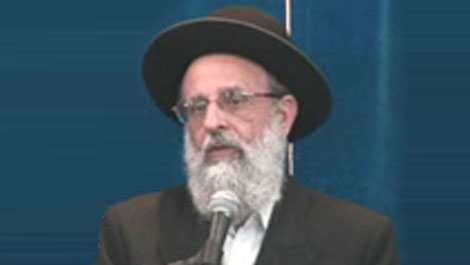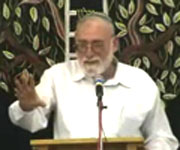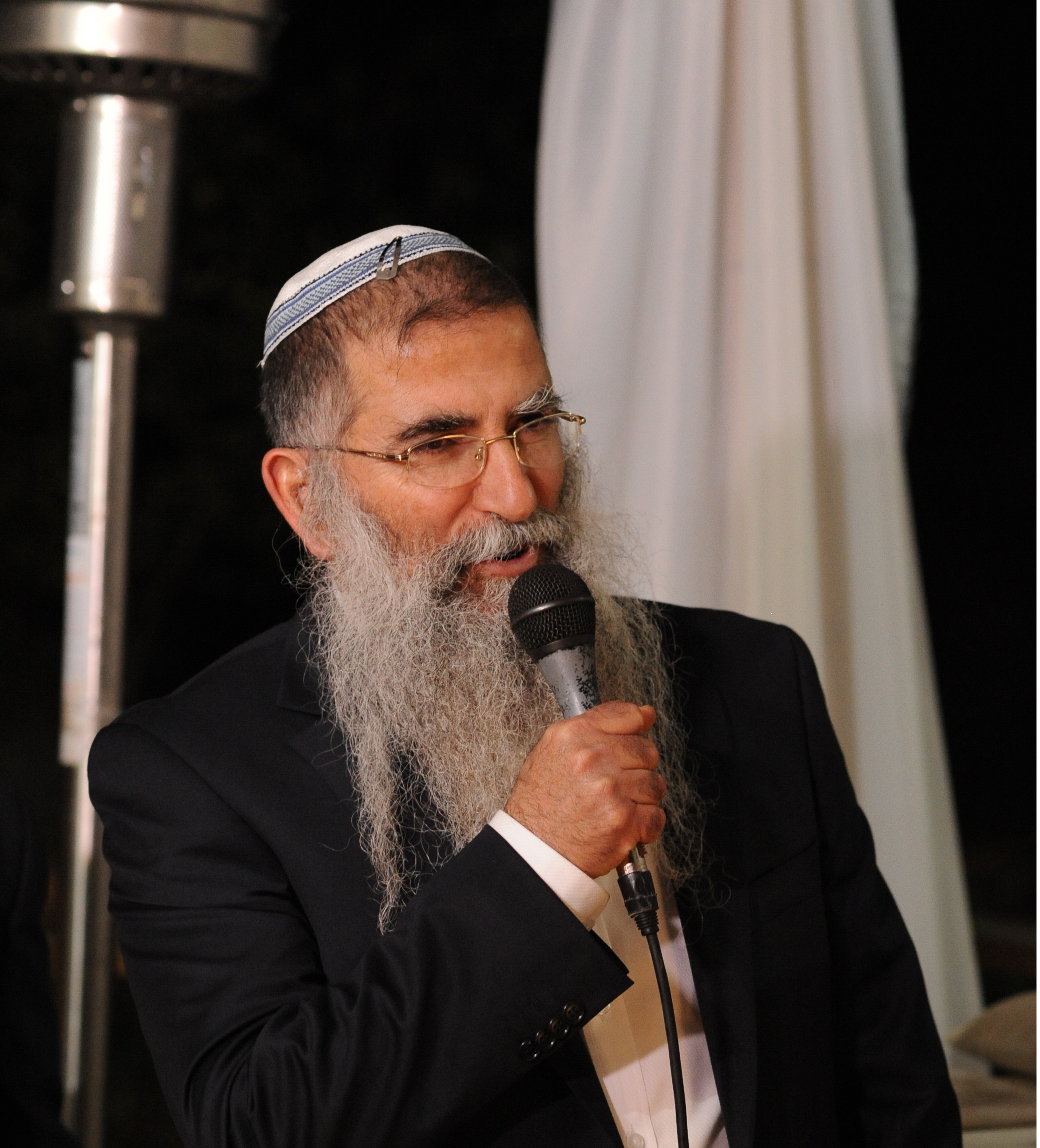Beit Midrash
- Sections
- Peninei Halakha
- Shabbat and Holidays
- Laws of Hanukkah
- Peninei Halkha - Hanukkah
The Sages ordained lighting candles* all eight days of Ĥanuka, which correspond to the days on which the Jewish people celebrated and praised God for helping them defeat the Greeks, liberate Jerusalem, and purify the Holy Temple. It was on those days that the oil in the Temple’s Menora burned miraculously.
Even though lighting Ĥanuka candles is a rabbinic mitzva, we recite a berakha over it: "Barukh ata Hashem Elokeinu Melekh ha-olam asher kideshanu be-mitzvotav ve-tzivanu lehadlik ner [shel] Ĥanuka" ("Blessed are You, Lord our God, King of the universe, Who has sanctified us with His mitzvot and commanded us to light Ĥanuka candles"). One could seemingly ask: How can we say that God "commanded us" when the Written Torah does not contain such a commandment? The answer is that the Torah gives the Sages the authority to institute mitzvot within the guidelines of the Torah, as it says, "You shall act in accordance with the instructions (ha-torah) they have given you and the ruling handed down to you; you must not deviate from the verdict that they tell to you, either to the right or to the left" (Devarim 17:11). It also says, "Remember the days of old, consider the years of ages past; ask your father, he will inform you; your elders, they will tell you" (ibid. 32:7) (Shabbat 23a). Thus, in order to remember and publicize the miracle that God performed on our behalf during the Second Temple era, the Sages instituted a mitzva to light candles all eight days of Ĥanuka.
Women are obligated in this mitzva just as men are. Even though it is a time-bound positive mitzva, from which women are usually exempt, they are nonetheless obligated because women were involved in the miracle (Shabbat 23a; however, it is customary for a married woman to fulfill her obligation through her husband’s lighting; see below n. 2, and above ch. 11 n. 14).
The purpose of all the laws that the Sages instituted regarding where and when to light Ĥanuka candles is to publicize the miracle. Therefore, they required that one light the candles near the door or in front of a window facing a main thoroughfare, so that passersby can see the candles (as will be explained below, 13:1-3). They also determined that one should light the candles after shki’a, when the maximum number of people will see them. On one hand, darkness has already begun to descend, making the lights more visible. On the other hand, it is early enough that the streets are still filled with people coming home from work (we will elaborate below, 13:4). Publicizing the miracle, however, is not a prerequisite for fulfilling the mitzva. Even a Jew who lives alone in a deserted area must light the candles, in order to remind himself of the miracle.
The value of this mitzva is so great that even a poor man who cannot afford to buy candles must panhandle or sell his clothes to buy Ĥanuka candles. The halakha does not demand that one beg or sell his clothes for the sake of other mitzvot, but since this mitzva involves publicizing the miracle, the obligation is greater. However, a poor person need not perform the mitzva le-mehadrin; it is sufficient for him to light one candle each night (sa 671:1; mb ad loc. 3; ahs ad loc. 3; see Rema 656:1; bhl ad loc., s.v. "afilu").
* Editor’s note: We use the term "candles" for "nerot" because of convention and because, unlike the terms "lights" or "lamps," candles most clearly denote lights produced by flames, not because the nerot must be made of wax or another solid flammable. See below, sections 7 and 8.↩︎
























